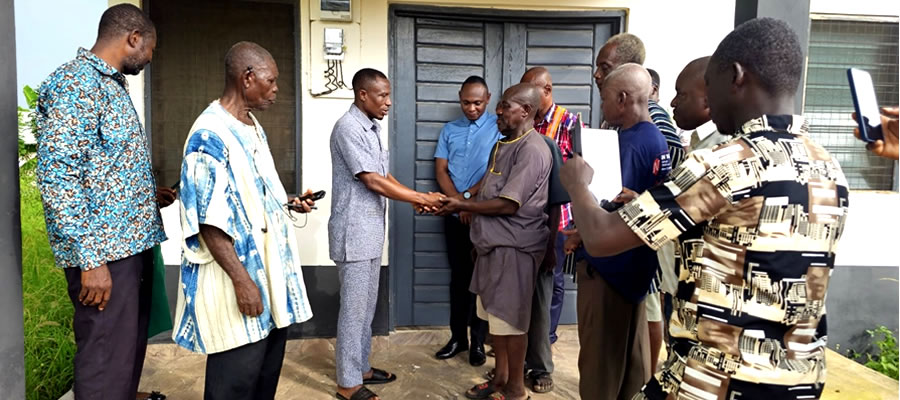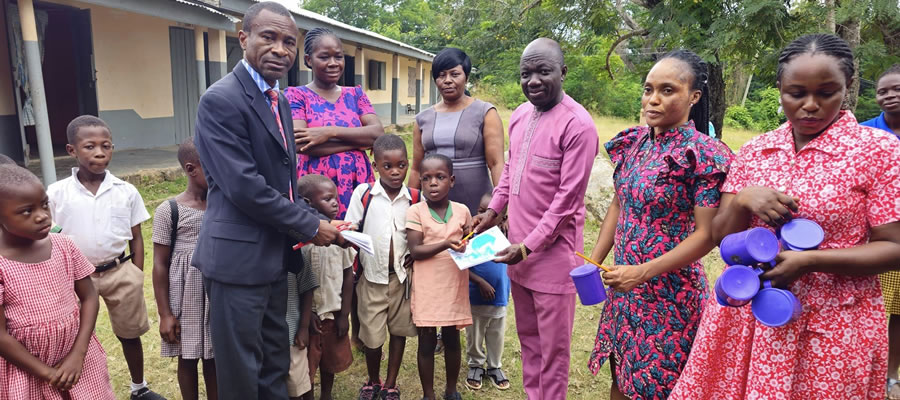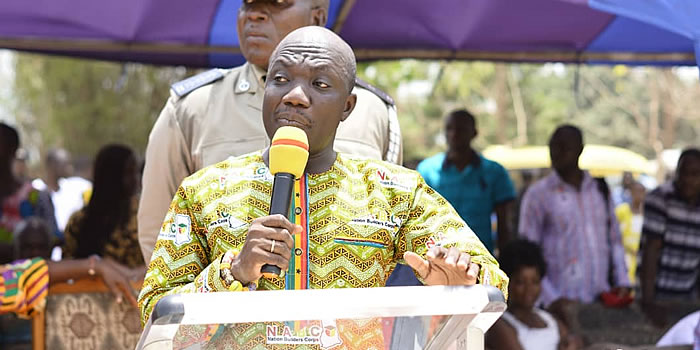

location and size
Location
North Dayi District lies within latitudes 60 20’N and 70 05’N, and Longitude 00 17’E. It shares boundaries with Kpando Municipal to the north, South Dayi District to the south, and the newly created Afadzato South District to the east. The Volta Lake which stretches over 80km of the costal line, demarcates the western boundary of the District.
Size
The District covers a total land area of 462.8square kilometers with almost 30 percent of the land being submerged by the Volta Lake.
Topology and drainage
Topography
The most conspicuous physical features of the District are the Akwapim-Togo –Atakora ranges which is at the eastern corridor between Ho and Kpando Municipal. The District is dotted with scattered hills and ranges of varied length and height resulting in an undulating feature of the District. The major hills are Anfoega, Awate, Botoku, Tsyome Saadu and Wusuta. The highest point in the District is about 1,250ft and is located along the Volta Lake around Awate and Botoku.
Climate and vegetation
Climate
The climate of the District lies within the tropical equatorial zone and is greatly influenced by the Southwest monsoon wind from the South Atlantic and dry harmattan winds from the Sahara. There are two rainy seasons, the major one from mid-April to early July and the minor one from September to November. The average annual rainfall ranges from 900mm to 1300mm. The average annual temperature of the District is about 27°C whereas the daily mean temperature ranges from 22° C to 33° C with an average relative humidity of 80 percent. This climatic condition is favourable for agricultural activities in the District.
Vegetation
The vegetation of the District is a mix of Guinea Savannah Woodland and Semi-Deciduous Forest. The savannah woodlands consist of grass with scattered trees like acacia, bamboo and baobabs. The semi-deciduous forests are found on the slopes of the Akwapim-Togo-Attakora ranges with many tree species which are also found in high forest zone, such as Antiaristoxicaria (tsentsen), (Odum) and Oil palm.
Geology and soil
Geology and Minerals
The District is generally underlain by Buem Volcanic rocks stretching through to Jasikan and Kadjebi District. The implication of this type of rock is that it supports surface supplies of underground water and the surface supplies are fairly good while prospects for boreholes ranges from fair to good.
The District is relatively endowed with limited mineral deposits of economic importance. There are large deposits of Kaolin at Anfoega Agatanyigbe, Anfoega Bume, Awate, Aveme and Botoku with different colour stations suitable for the development of bricks and tile, pottery and ceramics.
Date Created : 11/29/2017 3:52:51 AM












 facebook
facebook
 twitter
twitter
 Youtube
Youtube
 +233 593 831 280
+233 593 831 280 0800 430 430
0800 430 430 GPS: GE-231-4383
GPS: GE-231-4383 info@ghanadistricts.com
info@ghanadistricts.com Box GP1044, Accra, Ghana
Box GP1044, Accra, Ghana